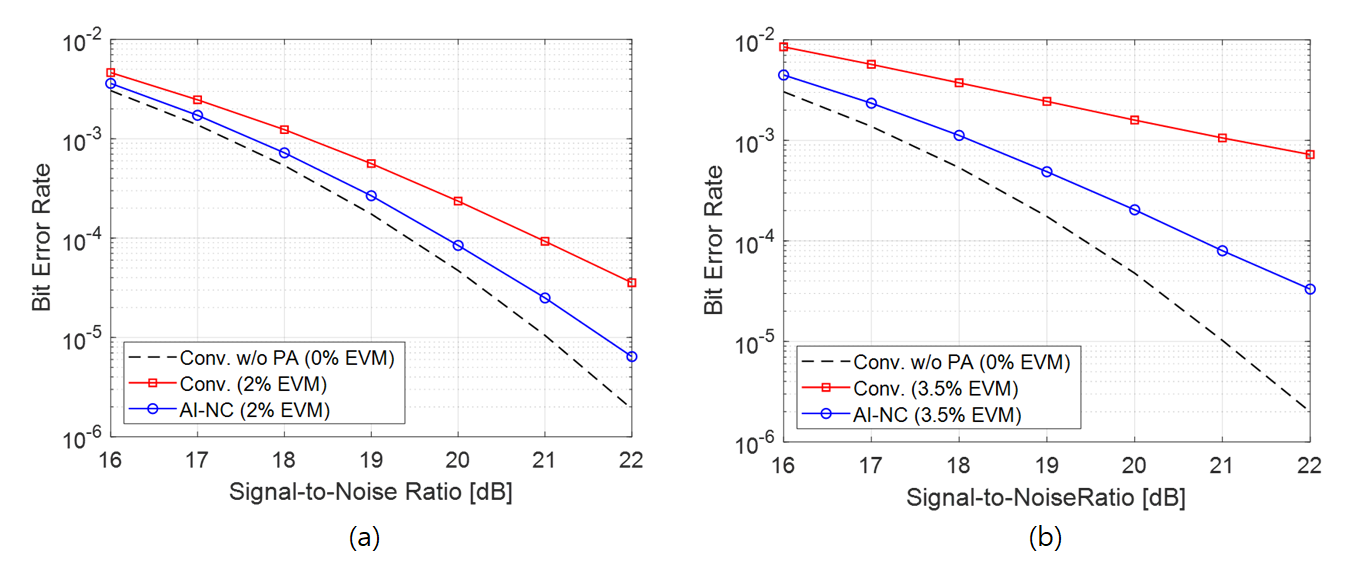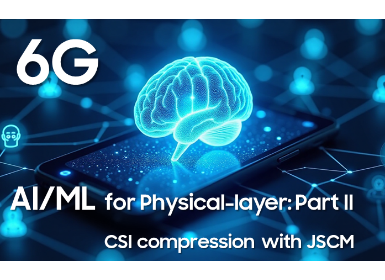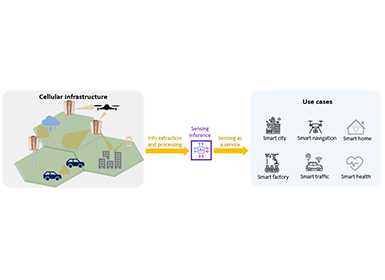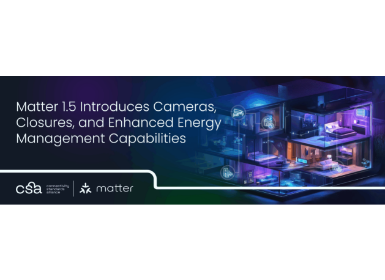Communications
Towards 6G AI: AI-based Non-linearity Compensator
Coverage is one of the most important metrics in wireless communication systems. In general, since the transmission power of user equipment (UE), e.g., smartphone, is much smaller than that of base station, uplink communication coverage is shorter than downlink communication coverage. Today, we introduce a technology that can expand the uplink communication coverage by allowing UE to boost transmit power for a given power amplifier (PA), where increased non-linearity induced by the PA due to the power boosting is compensated at the base station receiver employing artificial intelligence (AI).

Figure 1. Non-linearity of commercial PA
As shown in Figure 1, PA used in UE amplifies output power linearly in areas with small input power. However, in areas with large input power, output power is not linearly amplified, which means that the signal quality after passing through PA decreases. Orthogonal frequency division multiplexing (OFDM)-based transmission and reception technology, which is widely used in wireless communication for high speed transmission, suffers from high peak-to-average power ratio (PAPR). Therefore, in order to transmit OFDM-based signal, it is necessary to back off output power of PA from the maximum output power to guarantee the signal quality as much as we desire. In particular, when high-order modulation schemes such as 256-quadrature amplitude modulation (QAM) are used, the requirement for signal quality to be guaranteed is strict, and hence, a large amount of backoff is required. Eventually, this backoff procedure reduces the transmission power of the UE, thus resulting in the uplink communication coverage reduction especially when high-order modulation schemes are used.

Figure 2. AI-NC concept
In order to reduce the amount of backoff, we have developed a technology that can remove non-linearity by applying AI at the receiving end (i.e., base station) and we call this technology AI-based non-linearity compensator (AI-NC). AI-NC has two main characteristics. The first is that there is little burden at UE. From the UE's point of view, other additional operations are not required as long as the amount of the backoff in PA is further reduced. In AI-NC, UE transmits a pilot signal for channel estimation when transmitting data. We use this pilot signal to train the AI network at base station. After that, data signals are inferred by using trained parameters of AI network to get rid of non-linearity. Since all procedures are operated in base station and there is no additional signals for AI-NC, there is little burden at UE. The second is that employed AI algorithm is very light-weight. Above-mentioned procedures are done in real-time at base station thanks to our optimized AI network. Thus, it is possible to apply AI-NC even to commercial base station.

Figure 3. (a) Constellation of data symbols without AI-NC at base station and (b) constellation of data symbols with AI-NC
Figure 3 shows the 256-QAM constellation in frequency domain after channel estimation and equalization at the base station. Figure 3(a) shows the result at the existing conventional receiving end, and Figure 3(b) shows the result after applying AI-NC. Since the non-linearity of the PA causes interference due to the inter-carrier modulation, dirty constellation of data symbols appears before AI-NC is applied. However, after performing AI-NC, the non-linearity can be compensated and the constellation of data symbols becomes clearer.

Figure 4. BER performance according to reception methods for (a) 2% EVM and (b) 3.5% EVM
Figure 4 shows the bit error rate (BER) performance according to the reception methods. Figure 4(a) shows the performance for 2% error vector magnitude (EVM), and Figure 4(b) shows the performance for 3.5% EVM. EVM is a value indicating the degree of non-linearity of PA, and a larger EVM means less backoff and severer non-linearity. In this simulation, the amount of backoff for 2% EVM is 2.6 dB larger than for 3.5% EVM. In both figures, the performance is improved when AI-NC is applied, and it shows that AI-NC can effectively reduce the non-linearity. Also, in the case of 3.5% EVM, the SNR satisfying BER = 0.001 is improved by 3 dB when AI-NC is applied compared to the conventional method. In addition, the SNR satisfying BER = 0.001 of AI-NC for 3.5% EVM is similar to that of conventional method for 2% EVM. As a result, the backoff value that can be reduced while maintaining the same reception performance by applying AI-NC is up to 2.6 dB in this simulation.

Figure 5. Coverage test using USRP 2954
Coverage test is conducted in a building lobby environment where the maximum measurable distance is 60 m. We prototype AI-NC by using software-defined radio devices, USRP-2954. In this test, the coverage is defined as the maximum distance where block error rate (BLER) is measured under 10% and center carrier frequency is 2.7 GHz. we use 26 dB attenuator at transmitter side due to space limitation. In case of AI-NC, Tx gain is set to 31.5 dB, which is the highest configurable value in USRP-2954 and it corresponds to 19 dBm according to USRP-2954 specification sheet. In case of conventional scheme, Tx gain is set to 27.5 dB and it corresponds to 15 dBm. We observe that the coverage of AI-NC is 17 m and that of conventional scheme is 9.5 m, meaning that 80% coverage extension is achieved when the AI-NC is applied.
In this blog post, we have introduced a technology, called AI-NC, which corrects PA-distorted signals at the receiving end, which can be widely adopted in wireless communication systems including 6G. Here, we described AI-NC from the uplink transmission’s perspective, but it is also applicable for downlink case, where AI-NC operates at the UE receiving end. Another possible benefit of AI-NC is that it will enable even higher-order modulations schemes, namely, 1K-QAM and 4K-QAM, while the highest modulation scheme of 5G uplink is 256-QAM today. Through this technology, there will be more areas where you can receive services such as ultra-high-definition videos and VR through your smartphone. Also, it is expected that mobile telecommunication companies will be able to support heavier traffic load without further installing infrastructure.
References
• "Samsung 6G white paper: The next hyper-connected experience for all,” https://research.samsung.com/next-generation-communications, Accessed 05. 06, 2022.
• 3GPP TS 38.101-1: “User Equipment (UE) radio transmission and reception”.






